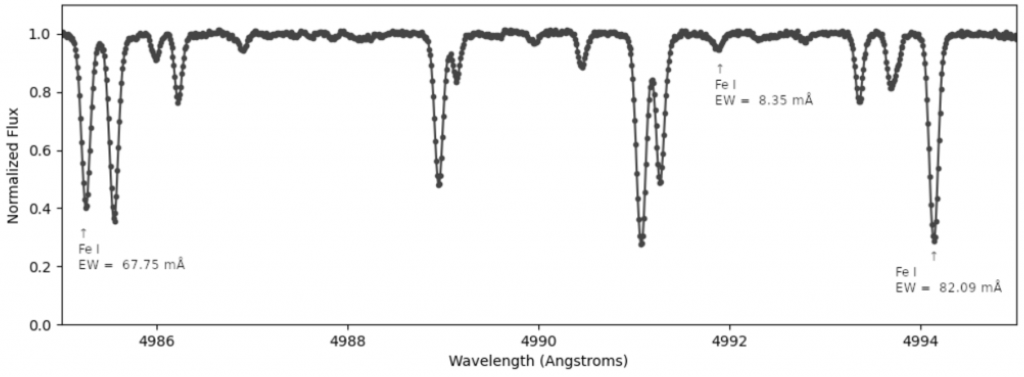By measuring the elemental abundances of a star, we can gain insight into the composition of its initial gas cloud — the formation site of the star and its planets. Planet formation requires metals, the availability of which is determined by the elemental abundance. In the case where metals are extremely deficient, planet formation can be stifled. To investigate such a scenario requires a large sample of metal-poor stars and a search for planets therein. This paper focuses on the selection and validation of a halo star sample. We select ~17,000 metal-poor halo stars based on their Galactic kinematics, and confirm their low metallicities ([Fe/H] < -0.5), using spectroscopy from the literature. Furthermore, we perform high-resolution spectroscopic observations using LBT/PEPSI and conduct detailed metallicity ([Fe/H]) analyses on a sample of 13 previously known halo stars that also have hot kinematics. We can use the halo star sample presented here to measure the frequency of planets and to test planet formation in extremely metal-poor environments.

Read more: Kolecki et al. 2021, AJ, 162, 125. arXiv:2106.13251
